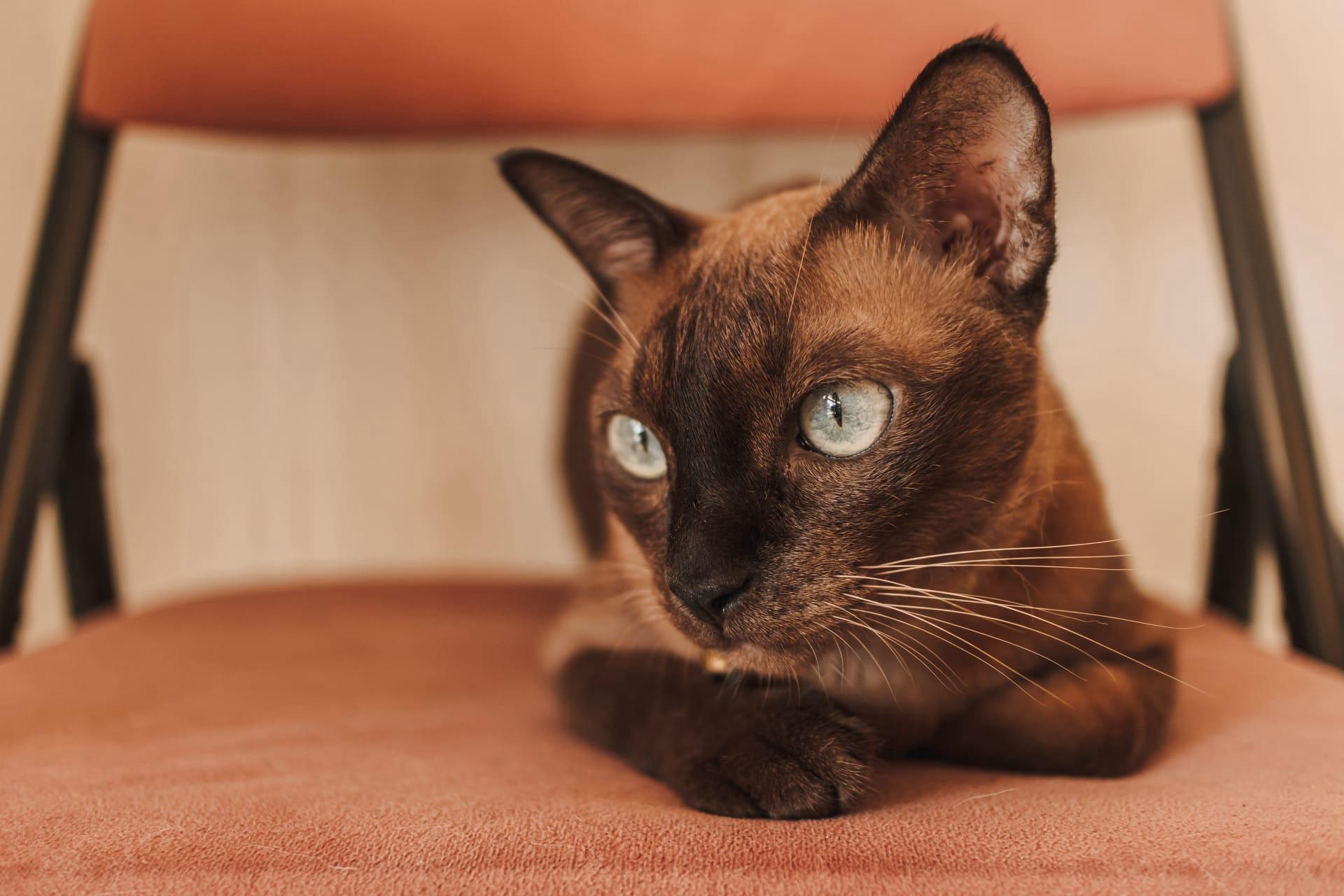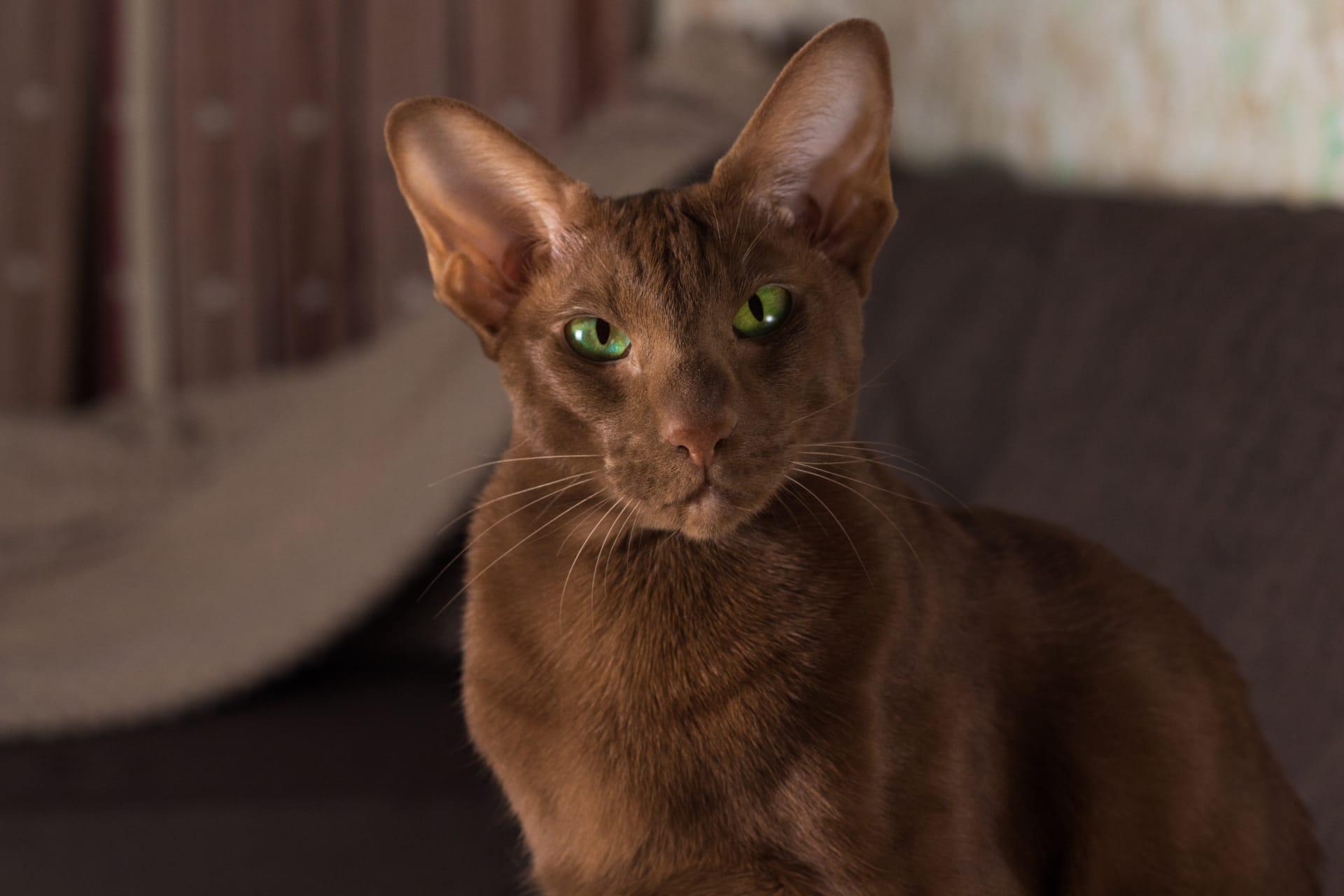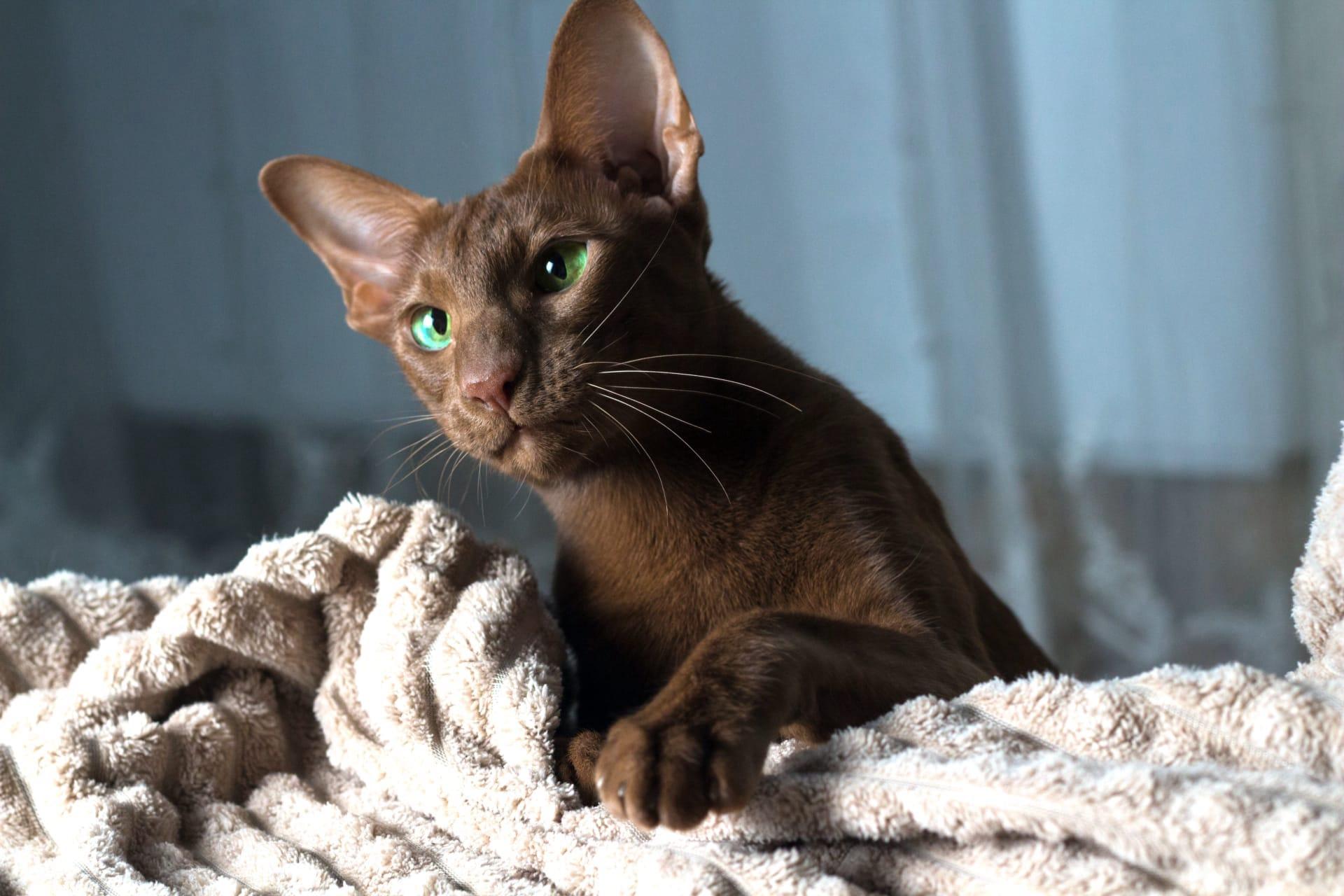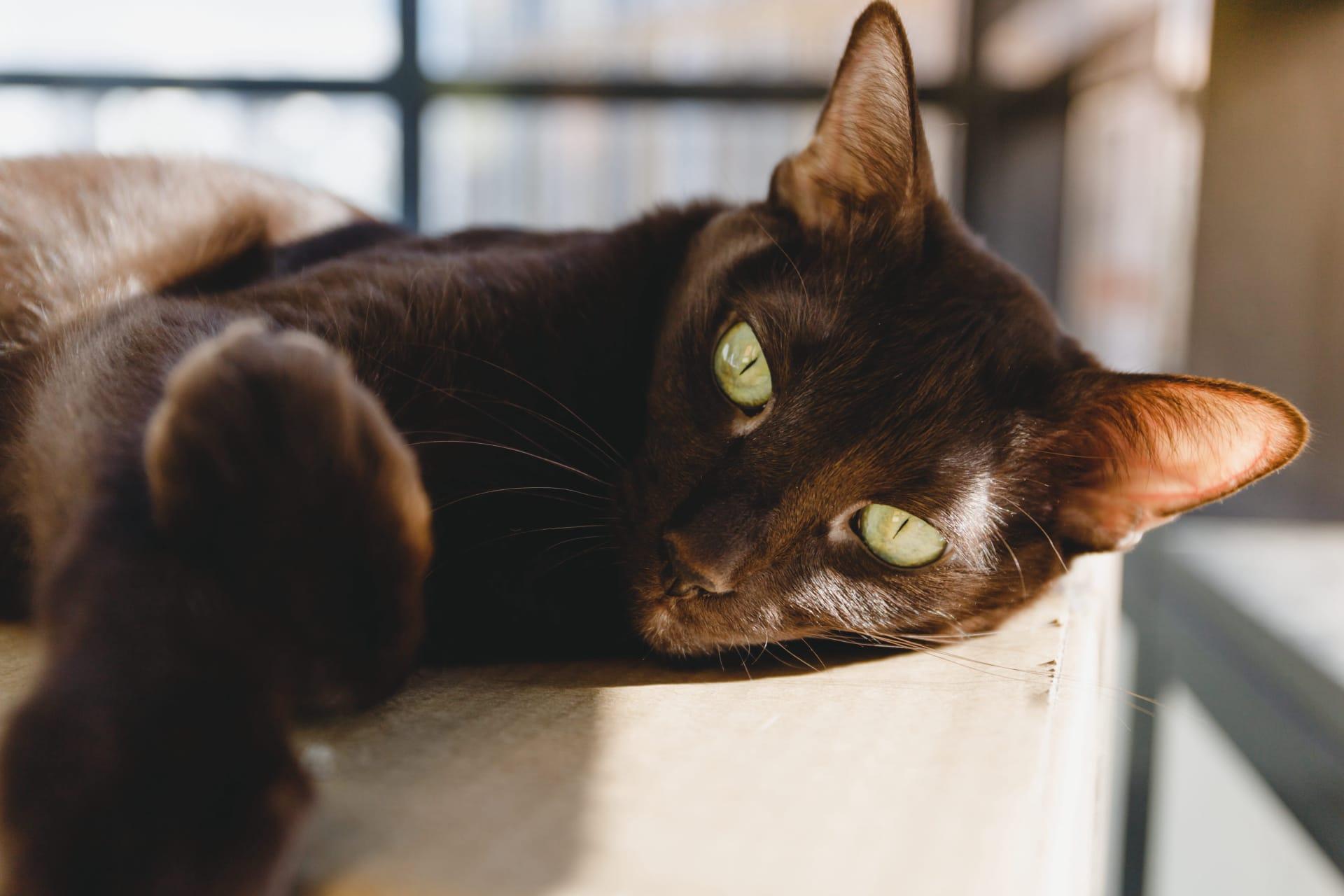Havana Cat
- Home /
- Mini Encyclopedia /
- Animal /
- Havana Cat
1
The Havana cat, a breed distinguished by its rich chocolate brown coat, falls under the category of domestic cats (Felis catus). This breed is recognized for its unique color, short coat, and slender, muscular build. The Havana cat is classified within the broader Felidae family, sharing common ancestry with both wild and domestic cat species. Its classification is primarily based on physical characteristics and genetic lineage, making it a distinct breed within the domestic cat varieties.
Havana cats are distributed globally, with a significant presence in countries where cat breeding and shows are popular. Originally developed in England and then further refined in the United States, the breed has found loving homes across Europe, North America, and Australia. The breed's adaptability to various climates and environments, coupled with its striking appearance, has contributed to its popularity and distribution worldwide.

2
Question: Is the Havana cat originally from Cuba, as its name might suggest?
Answer: Contrary to what the name might imply, the Havana cat is not originally from Cuba. The breed's name is actually derived from the rich, brown color of Havana cigars, rather than any geographical association with Havana, Cuba. The breed was developed in England through a series of selective breeding processes involving Siamese cats and domestic black cats to achieve its distinctive chocolate brown coloration. This common misconception stems from the breed's name, leading many to mistakenly associate it with Cuban origins.

3
Havana cats are known for their affectionate nature and strong bonds with humans. They are highly sociable animals that thrive on interaction and companionship, making them ideal pets for families and individuals alike. Their playful and curious demeanor often leads them to seek out human attention, and they are known to be particularly vocal, communicating their needs and desires through meows and purrs. The breed's intelligence and adaptability make it a joy for owners to train and live with.
Aside from their companionship, Havana cats also play a role in therapy settings. Their gentle temperament and ability to bond with humans make them suitable for emotional support roles. They are often used in therapeutic environments to help individuals cope with stress, anxiety, and loneliness. The presence of a Havana cat can provide comfort and a sense of calm to those in need, highlighting the deep and beneficial relationship between these cats and humans.

4
The origins of the Havana cat can be traced back to the 1950s in England, where breeders aimed to create a cat with a unique solid brown coat. This endeavor involved crossing Siamese cats with domestic black cats and, occasionally, Russian Blues, to achieve the desired chocolate color. The breed was further developed in the United States, where it gained recognition and popularity.
Over the years, the Havana cat has evolved through careful breeding practices aimed at enhancing its physical and temperamental qualities. The breed standards have been refined to emphasize its sleek, muscular build, striking green eyes, and glossy chocolate brown coat. These efforts have ensured the preservation of the breed's distinct characteristics while promoting health and vitality. The evolution of the Havana cat is a testament to the dedication of breeders to maintain and improve this unique breed.

5
Film: An example of a documentary that features Havana cats is "The Secret Life of Cats" produced in the United Kingdom in the 2010s. This documentary explores the hidden world of domestic cats, including the Havana, revealing their social behaviors, communication methods, and extraordinary physical capabilities. It provides viewers with insights into the lives of cats in various environments, highlighting the adaptability and intelligence of breeds like the Havana.
Book: "The Complete Cat Breed Book," published in the United States in 2012, offers an extensive overview of cat breeds around the world, including the Havana. This comprehensive guide, authored by a team of cat experts, delves into the history, characteristics, and care requirements of the Havana cat, providing valuable information for current and prospective owners.
Book: Another notable publication is "Cats of Magic, Mythology, and Mystery" by British author Caroline Roberts, released in 2013. This book explores the cultural and historical significance of various cat breeds, including the Havana. It provides readers with fascinating insights into how Havana cats and other breeds have been perceived and represented in different societies throughout history, underscoring their impact on human culture and imagination.